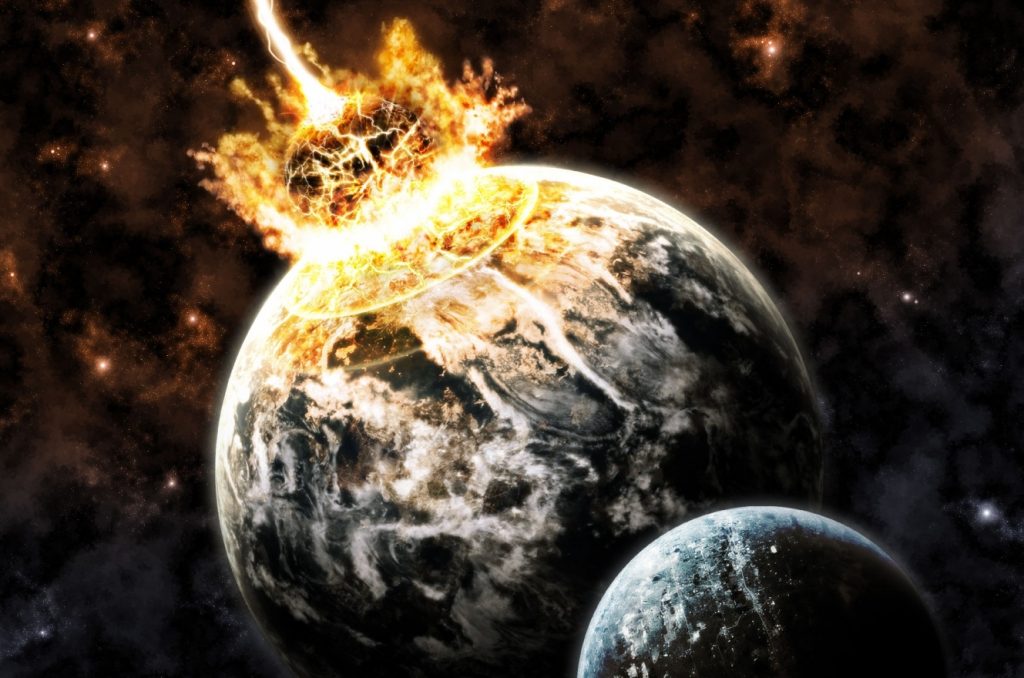Scientists have now found out how asteroids could possibly trigger an apocalypse leading to the end of human life on Earth as we know it. Researchers at the University of Southampton have outlined seven different ways in which an asteroid collision could pose risk to our planet. The paper of the researchers with a discussion on the asteroid impact effects and their immediate hazards for the human population was published on the same day when an asteroid similar in size to the Rock of Gibraltar whiz past Earth.
The research team leveraged various computer simulations for assessment of the risk posed by 50,000 different sizes of asteroids. The findings implied that asteroids are liable to cause more death and destruction if they explode in the sky in an air-burst over a land mass or are smashed into the ground as compared to causing a tsunami after crashing into the sea.
Common assumption suggests that larger asteroids are capable of more risk than smaller ones that were validated by the research. On the contrary, it was also found that asteroids lesser than 40 meters in diameter were associated with higher probabilities of exploding in an air-burst thereby posing a substantial threat to the human population.
The seven risks that were identified by the team of researchers include overpressure, ejecta, seismic shaking, thermal radiation, wind blast, cratering and tsunami. The impact of an asteroid could lead to seismic shaking or an earthquake albeit with limited possibilities of damage as compared to natural disasters on our planet. The cratering phenomenon could lead to profound damage if an asteroid forms a crater in a populated area. The researchers found that wind blast caused due to the impact of an asteroid poses the most critical impact effect. The overpressure impact is observed as a shockwave caused upon the impact of an asteroid’s explosion in the air or crashing into the sea or ground. The ejecta form of impact is observed when cratering results in throwing of a huge amount of rocks into the air. Thermal radiation and a tsunami are also accounted among the other notable risks of an asteroid’s collision with Earth.


